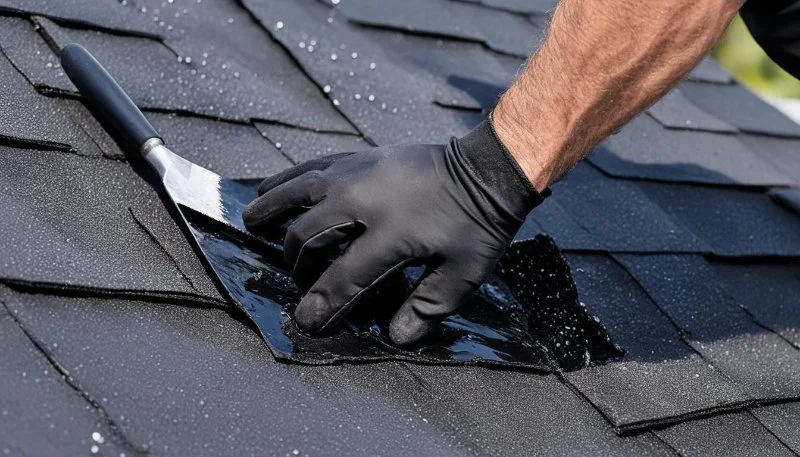
How to Repair a Roof Leak in a Building with a Fabric Membrane Roof
- 1. Understanding Fabric Membrane Roofs
- 2. Common Causes of Roof Leaks in Fabric Membranes
- 3. How to Identify Roof Leaks in a Fabric Membrane Roof
- 4. Step-by-Step Guide to Repairing Roof Leaks
- 5. Preventative Measures for Fabric Membrane Roofs
1. Understanding Fabric Membrane Roofs
Fabric membrane roofs are a popular choice for commercial and industrial buildings due to their durability and flexibility. Made from strong synthetic fabrics, these roofs are often used for their light weight and ease of installation. However, like all roofing systems, fabric membranes are susceptible to wear and tear over time, which can lead to leaks.
These roofs are typically installed in large, wide-span structures, such as warehouses, sports arenas, and other commercial buildings. Their unique design allows for expansive coverage, making them ideal for buildings that require large, open spaces without the need for many support beams.

Chavez & Sons Roofing & Construction
Jersey CityNew York CountyNew Jersey
111 River Dr S, Jersey City, NJ 07310, USA
2. Common Causes of Roof Leaks in Fabric Membranes
Fabric membrane roofs are designed to withstand the elements, but there are several factors that can cause leaks over time. Some common causes of roof leaks in fabric membrane roofs include:
- Wear and Tear: Over time, exposure to the sun, wind, and rain can degrade the fabric, leading to small punctures and tears.
- Improper Installation: If the roof was not installed correctly, seams and joints may not have been sealed properly, leading to potential leaks.
- Storm Damage: Severe weather conditions such as high winds or hailstorms can damage the fabric membrane, creating openings where water can seep through.
- Improper Maintenance: Neglecting regular inspections and maintenance can allow small issues to develop into significant leaks.
3. How to Identify Roof Leaks in a Fabric Membrane Roof
Identifying roof leaks in a fabric membrane roof can be tricky, especially since the fabric may not show obvious signs of damage. However, there are several methods to detect leaks:
- Look for Wet Spots Inside the Building: Check the ceiling or walls of the building for damp spots, discoloration, or mold, which could indicate water infiltration.
- Inspect the Roof Surface: Perform a visual inspection of the roof, looking for any visible holes, tears, or areas where the fabric appears stretched or damaged.
- Use Water Testing: If you suspect a leak but can’t locate it, you can perform a water test by applying water to different areas of the roof and watching for leaks inside the building.
- Check the Seams and Edges: Pay special attention to the seams and edges of the membrane, as these areas are most vulnerable to damage.
4. Step-by-Step Guide to Repairing Roof Leaks
Once you've identified the source of the leak in your fabric membrane roof, it’s time to make repairs. Here’s a step-by-step guide to fixing roof leaks in fabric membrane roofing systems:
- Step 1: Prepare the Area
Before starting repairs, ensure the area is clean and dry. Remove any debris from the roof, such as leaves or dirt, and make sure the fabric is free of water. - Step 2: Cut Out the Damaged Area
If you’ve identified a tear or puncture in the membrane, carefully cut out the damaged section using a sharp utility knife. Be sure to leave enough margin around the damaged area for the new patch. - Step 3: Apply a Patch
Use a fabric membrane patch specifically designed for roofing applications. Apply the patch with roofing adhesive, ensuring it completely covers the hole and overlaps onto the undamaged membrane. - Step 4: Seal the Edges
Once the patch is applied, use a seam sealer around the edges to ensure a watertight seal. Be sure to press the patch down firmly to eliminate any air pockets. - Step 5: Inspect for Leaks
After the repair is complete, conduct a water test to ensure that the leak has been fully sealed. Apply water to the roof and check for any signs of further leakage.
5. Preventative Measures for Fabric Membrane Roofs
While repairing leaks is essential, taking preventative measures can help extend the life of your fabric membrane roof and avoid costly repairs. Some helpful tips include:
- Regular Inspections: Conduct regular roof inspections, especially after storms or extreme weather, to catch any potential issues early on.
- Clean the Roof: Regularly clean your roof to remove debris that could cause wear or block water flow.
- Maintain Proper Drainage: Ensure that gutters and downspouts are clear of debris to prevent water buildup on the roof.
- Professional Maintenance: Consider hiring professionals to inspect and maintain your roof periodically, as they can identify issues that might be difficult for an untrained eye to spot.
With the right care and maintenance, a fabric membrane roof can last for many years. If you're unsure about how to make repairs, or if the damage is extensive, it's always best to consult with a professional roofing contractor for assistance. For expert help and advice, visit BeachCo Roofing Hub for the best solutions and service.


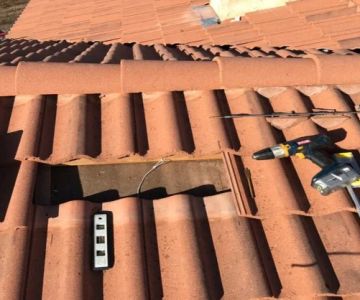
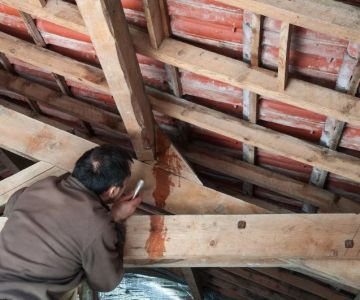
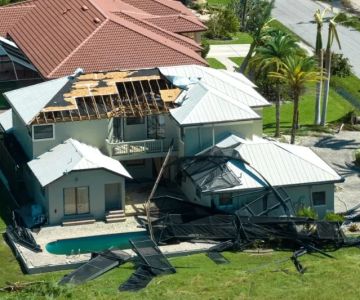
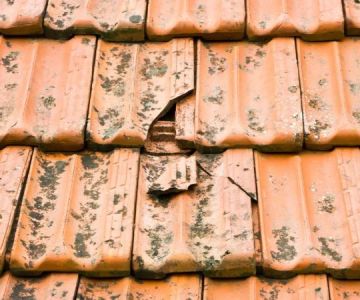
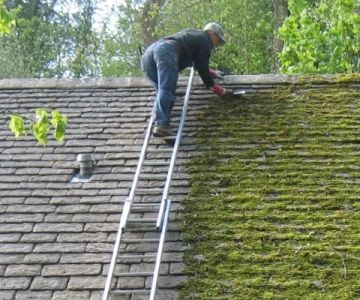
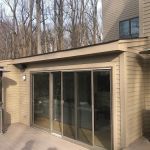 Hammond Homes5.0 (19 reviews)
Hammond Homes5.0 (19 reviews)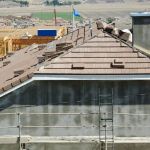 Samuel Roofing LLC5.0 (1 reviews)
Samuel Roofing LLC5.0 (1 reviews) Royal Crown Roofing & Construction5.0 (16 reviews)
Royal Crown Roofing & Construction5.0 (16 reviews) Home State Construction5.0 (2 reviews)
Home State Construction5.0 (2 reviews) St. Mary's Roofing & Home Improvement - Northern MD5.0 (15 reviews)
St. Mary's Roofing & Home Improvement - Northern MD5.0 (15 reviews)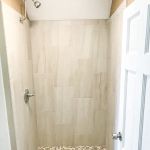 B&R Home Improvement4.0 (194 reviews)
B&R Home Improvement4.0 (194 reviews)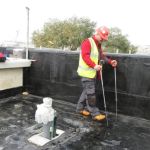 How to Water Test Your Roof to Find the Source of a Leak
How to Water Test Your Roof to Find the Source of a Leak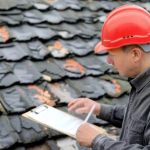 How to Choose a Certified Roofing Contractor for Your Roof
How to Choose a Certified Roofing Contractor for Your Roof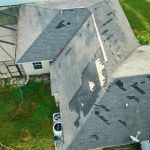 The Complete Guide to Roofing Insurance Claims: How to Get Your Claim Approved
The Complete Guide to Roofing Insurance Claims: How to Get Your Claim Approved The Average Cost of a Roof Warranty Transfer When Selling a Home
The Average Cost of a Roof Warranty Transfer When Selling a Home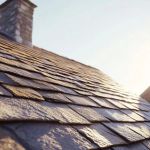 How to Choose a Roofing Material for High Wind Areas
How to Choose a Roofing Material for High Wind Areas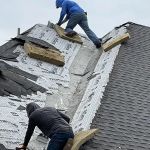 The Cost of a New Roof with a Class 4 Impact-Resistant Rating
The Cost of a New Roof with a Class 4 Impact-Resistant Rating